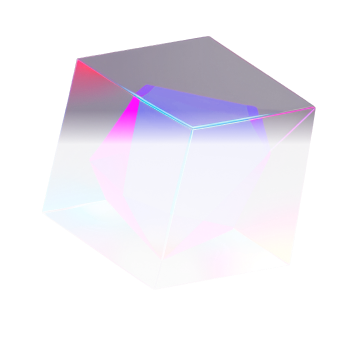Proximity marketing provides personalized messages, content, or offers to close consumers based on their physical proximity. This approach is based on wireless technologies such as Bluetooth, Near Field Communication (NFC), Wi-Fi and traffic light technology to detect and communicate with nearby mobile devices, allowing businesses to interact with potential customers in real time based on their location.
However, this type of marketing can only be used by businesses that operate in a physical space.
The Importance of Proximity Marketing in Web3
Proximity marketing offers several advantages for businesses seeking to improve customer engagement and increase conversion, especially when integrated with blockchain and web3 technologies.
First, it allows you to create hyper-targeted advertising, delivering customized messages or promotions to consumers in close proximity to a physical location or point of interest. This hyper-targeting becomes even more powerful when combined with the transparency and verifiability provided by blockchain, ensuring that consumers receive trusted, authenticated offers that can be verified independently, enhancing trust and user confidence in proximity marketing initiatives.
Secondly, proximity marketing can enhance the overall customer experience by providing timely and valuable information, discounts, or recommendations based on the user’s location and context. Moreover, it allows businesses to gain valuable insights into consumer behavior, preferences, and purchasing habits that can be used to shape future marketing strategies and increase return on investment.
Additionally, using tokens and rewards issued through blockchain, businesses can increase engagement by offering digital assets that hold real value to customers, which can be exchanged, sold, or redeemed in a broader ecosystem.
Effectively, this bridges the gap between permission marketing and proximity-based marketing practices.
Best Proximity Marketing Practices With Web3 Integration
Clear Value Proposition: Provide consumers with a clear and compelling reason to engage with proximity marketing campaigns, such as exclusive offers, discounts, or personalized recommendations. With web3, businesses can offer blockchain-based rewards like NFTs or utility tokens that provide ongoing value beyond the initial interaction.
Confirmation of Participation and Confidentiality: Respect user privacy and provide transparent mechanisms to confirm consumer participation in proximity marketing campaigns and data sharing preferences. Blockchain-based identity and data solutions can empower users to control exactly how and when they participate in proximity campaigns, adding another layer of trust.
Personalization: Customize marketing messages and offers based on user preferences, behavior, and location to increase their relevance and effectiveness. With web3 technology, personalization can be executed using smart contracts, ensuring that every offer is verifiable and automatically triggered according to predefined conditions.
Location-based Analytics: Use location-based analytics tools to track and measure the performance of proximity marketing campaigns, including metrics such as attendance, time spent, conversion rates, and return on investment (ROI).
Integration with Omnichannel Strategy: Seamlessly integrate proximity marketing efforts with other marketing channels and customer engagement points to create a connected and personalized multi-channel experience for consumers.
Key Aspects of Proximity Marketing
Traffic Light Technology: Traffic lights are small Bluetooth-enabled devices that transmit signals to nearby mobile devices, allowing businesses to detect and interact with users within a certain radius. Traffic lights are often used in proximity marketing to deliver targeted messages, promotions, or notifications to consumers in physical locations such as retail stores, event venues, airports, and museums.
This is particularly relevant in web3 events like conferences, where attendance can be rewarded with blockchain-based badges (NFTs) to encourage ongoing participation and loyalty.
Near Field Communication (NFC): NFC technology allows the exchange of information between compatible devices in close proximity, allowing contactless transactions, information exchange and interactive interactions. NFC tags or stickers can be used in proximity marketing campaigns to activate actions such as opening a website, downloading an app, or making a payment with a simple touch of a smartphone.
In a web3 context, NFC tags can trigger blockchain-based actions, such as minting NFTs, enabling users to interact with campaigns securely while receiving unique digital assets. For example, scanning an NFC tag at a retail store might give a customer an NFT coupon, which could later be redeemed for discounts.
Wi-Fi and GPS: Wi-Fi and GPS technologies can also be used in proximity marketing to detect and track the location of mobile devices and deliver targeted advertising messages or content based on geographic coordinates or proximity to specific Wi-Fi access points.
Conclusion
Proximity marketing, paired with web3 technology, helps your brand nudge customers at just the right time and spot.
It’s a bit like a shopkeeper who knows your name and your favorite pastry, but now, thanks to web3 technology, can offer a little something extra.
By delivering personalized offers, enhancing trust through blockchain-based verification, and rewarding users with digital assets, businesses can create more meaningful interactions.


